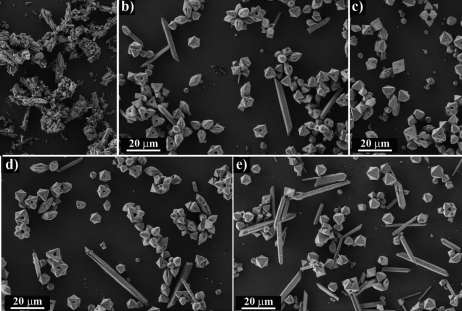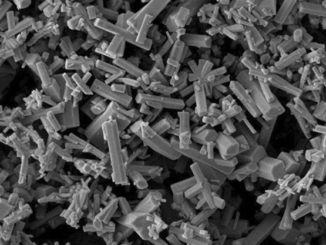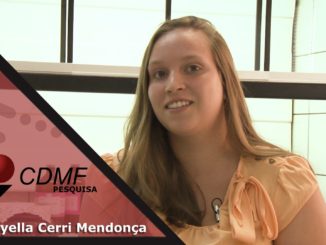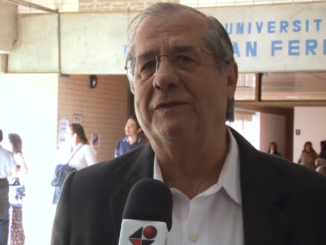
Stabilization of the γ-Ag2WO4 metastable pure phase by coprecipitation method using polyvinylpyrrolidone as surfactant: Photocatalytic property
Abstract: In this work, the effect of polyvinylpyrrolidone (PVP) concentration as a surfactant was studied in the stabilization of the metastable phase γ-Ag2WO4 by the coprecipitation method at room temperature. The phases obtained were characterized by X-ray diffraction (XRD), Raman spectroscopy, scanning electron microscopy (SEM), transmission electron microscopy (TEM) and spectroscopy in the ultraviolet–visible region (UV–Vis). The photocatalytic activity was estimated by varying the concentration of methylene blue dye. The diffractograms indicate that 0.3 g of PVP is ideal for obtaining the single phase of γ-Ag2WO4, as larger or smaller amounts favor the appearance of β-Ag2WO4 as a secondary phase while the absence of PVP formed the α-Ag2WO4 phase. UV–Vis spectroscopy showed that both phases have absorption in the ultraviolet region, where the γ-Ag2WO4 phase has a higher absorption at shorter wavelengths. The micrographs indicate that the β-Ag2WO4 morphology is formed by rods, while the γ-Ag2WO4 is formed by octahedrons, both in micrometer scale and with well-defined morphology. The photocatalytic tests indicate that the γ-Ag2WO4 phase has better photocatalytic activity compared to the β-Ag2WO4 phase. The scavenger’s methodology indicated that h+ charges are the main mechanism in the photocatalysis of methylene blue dye.
Author(s): Neto, ANF; Silva, JMP ; Tranquilin, RL; Longo, E; Bomio, MRD; Motta,FV
Ceramics International
Published July 2020, Volume 46, Pages 14864-14871




